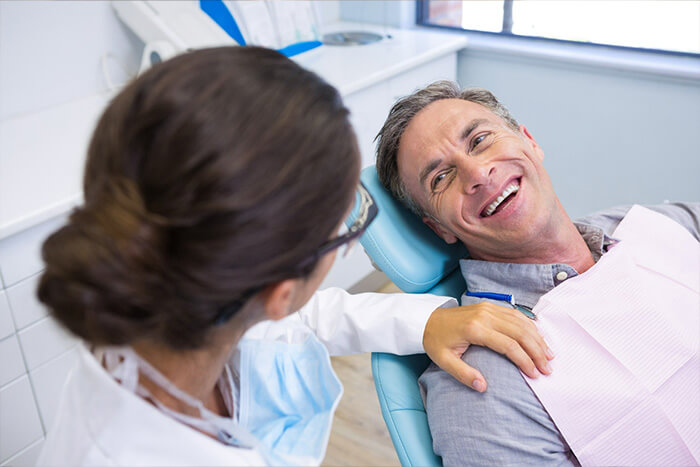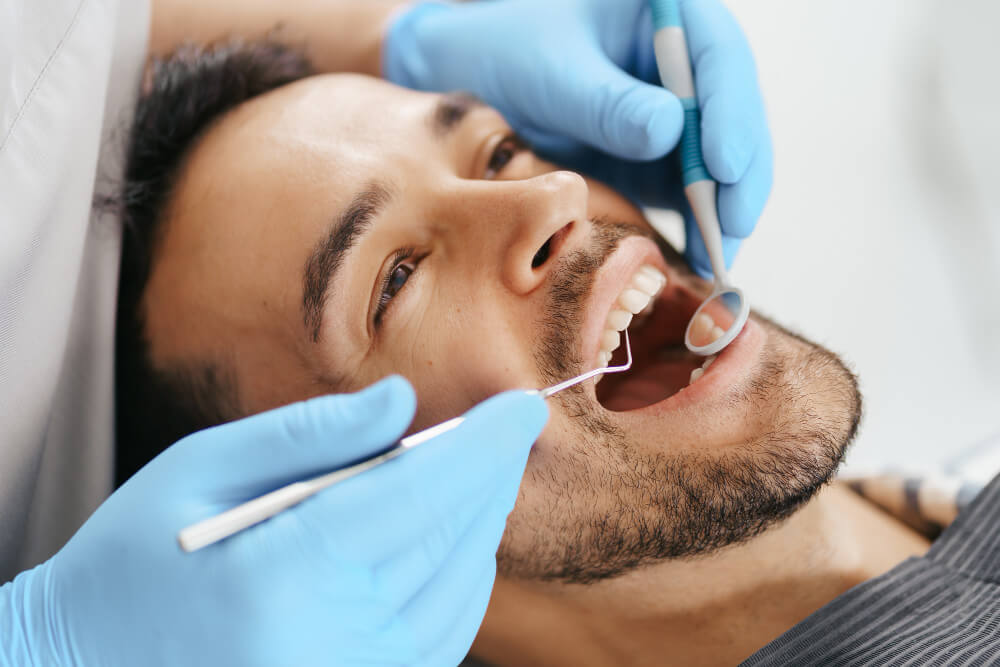Dental bone grafting is a key step in restoring jawbone strength and preparing for implants, but many patients are most concerned about what happens afterward: the recovery. It’s normal to have questions about healing time and what kind of care is needed during that period. Recovery after a bone graft follows predictable phases, and when managed properly, it’s both comfortable and highly successful. In this blog, we’ll explore these stages in detail to help you prepare and heal.
What Is Dental Bone Grafting?
Bone grafting is a common dental procedure designed to restore or rebuild bone in areas of the jaw where bone loss has occurred. This treatment is often needed before placing dental implants, as implants require a strong and stable foundation for long-term success. Bone loss can happen for several reasons, including tooth extraction, gum disease, infection, trauma, or natural bone resorption over time.
How Bone Grafting Works
During the procedure, a small amount of bone material, either from your own body, a donor source, or a synthetic substitute, is carefully placed in the area needing support. Over time, this graft integrates with your natural bone through a process called osseointegration, stimulating new bone growth and strengthening the jaw.
Bone grafting not only prepares the jaw for dental implants but also helps preserve facial structure, prevent further bone deterioration, and maintain a natural appearance. It offers a great way to restore both function and confidence in your smile.
What to Expect After a Bone Graft Procedure
Recovery after a dental bone graft is usually smooth and manageable when proper care is followed. Patients often experience only mild discomfort for a few days, which can be controlled with medication and simple at-home measures. Understanding what to expect can help you heal comfortably and avoid complications.
- Minimal Downtime: Patients may be able to return to work or normal daily routines within a day or two after the procedure.
- Soft-Food Diet: Stick to soft foods such as soups, mashed vegetables, and smoothies for the first week to protect the graft site.
- Medication & Oral Care: Your provider may prescribe antibiotics and a mouth rinse to prevent infection and promote healing.
- Swelling Control: Apply ice packs for the first 48 hours to reduce swelling, followed by warm compresses to ease any lingering soreness.
- Avoid Smoking: Nicotine slows the healing process and can interfere with graft success, so avoiding smoking during recovery is essential.
- Follow-Up Visits: Regular checkups are scheduled to monitor healing progress and ensure the graft integrates properly with your natural bone.
Every patient’s recovery timeline is unique, but with good post-operative care, most people heal comfortably and are ready for dental implant placement within a few months.
Factors That Influence Your Recovery Timeline
Several variables affect how quickly and successfully your bone graft heals:
Type of Bone Graft Material
Different graft types have varying healing timelines; for example, autografts (using your own bone) may heal slightly faster due to complete compatibility.
Complexity and Size of the Graft
A simple socket preservation after tooth extraction typically heals faster than more complex procedures. Larger grafts naturally require more time for complete integration.
Your Overall Health and Lifestyle
Your general health significantly impacts healing time. Conditions like diabetes, autoimmune disorders, and the use of blood thinners can complicate the healing process and extend recovery periods.
Age and Bone Quality
Younger patients with denser, healthier bone tissue typically experience faster healing than older individuals or those with existing bone density issues.
When to Contact Your Periodontist
While some discomfort is expected, certain symptoms require immediate attention. Contact your dental implant surgeon immediately if you experience severe or worsening pain not relieved by medication or signs of infection.
Additional concerning symptoms include:
- Graft material that is becoming visible or feels loose.
- Numbness or tingling that doesn’t improve.
- Difficulty breathing or swallowing.
- Severe allergic reactions to medications.
Personalized Dental Bone Grafts in Edmonds
Recovery from dental bone grafting requires patience, but with proper care and realistic expectations, you can achieve the desired results. At Orchid Periodontics & Dental Implants, we understand that facing any surgical procedure can feel overwhelming. That’s why we’re committed to guiding you through every step of your bone grafting process with clear communication, compassionate care, and advanced technology.
Dr. Ellie Javadi and team use state-of-the-art DTX digital planning software and premium graft materials. We’ll provide detailed post-operative instructions tailored to your specific needs and remain available to answer questions throughout your recovery. Call us at 425-775-2002 to book your appointment.
Read more:
How Much Does Dental Bone Graft Cost?



